Explain Different Layers of Linux Operating System
Basic functions of an operating system include. In this part I will introduce them briefly to you.

Linux Kernel Diagram Linux Kernel Linux Linux Operating System
The shell is the outer layer that manages the interaction between the user and the OS.
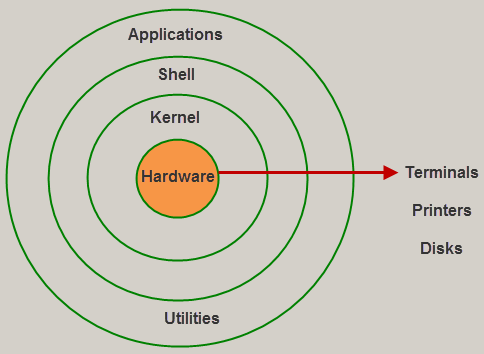
. A shell script is a sequence of system commands that are stored in a file. The shell manages the interaction between you and the operating system by prompting you for input interpreting that input for the operating system and then handling any resulting output from. This layer deals with scheduling the processes for the CPU.
It is an interface to the kernel which hides the complexity of the kernels functions from the users. This is why Ubuntu Debian Fedora SUSE Manjaro and many other Linux-based operating systems also called Linux distributions or Linux distros exist. Common Linux File Systems.
An operating system manages the functionalities of the entire system. The device driver for the clock is also in the kernel because the scheduler interacts closely with it. The structure of the Linux Operating System mainly has all these elements.
An operating system that has different types of layers for handling system software and user software is known as a layered operating system. Shell and System Utility Hardware Layer System Library Kernel. Excluding ease of operation for the user which is a windows operating system Unix is most preferred than windows and its users are enormously increasing day-to-day.
It was created to improve the pre-existing structures like the Monolithic structure UNIX and the Simple structure MS-DOS. Is the special types of functions that are used to implement the functionality of the operating system. Because there are several vehicle manufacturers using the Linux engine and each of them has many cars of different types and for different purposes.
The kernel makes Unix the most secure operating system than the Windows operating system. It is responsible for many activities of the LINUX operating system. A diagram demonstrating these layers is as follows.
The shell communicates with the operating system by either taking the input from the user or a shell script. Linux supports reading around 100 partition types but it can create and write to only a few of these. Shell and system utility in Linux operating system.
Hardware Hardware consists of all physical devices attached to the System. Many scheduling queues are used to handle. Ext2 ext3 ext4 JFS ReiserFS XFS and Btrfs.
Because jobs must be submitted to the supercomputer using UNIX commands it is pertinent that you as a user of the supercomputer obtain at least a basic knowledge of the UNIX environment. Outside the kernel the system is structured as three layers of processes all running in user. Hardware Kernel Shell and Utilities.
Kernel - Core component of Operating System interacts directly with hardware provides low level services to upper layer components. Many software companies from start-ups to Mncs are using Unix operating systems. Linux System Architecture is consists of following layers Hardware layer - Hardware consists of all peripheral devices RAM HDD CPU etc.
The Core part of the Linux OS is called Kernel. Shells incorporate a programming language to control processes and files as well as to start and control other programs. Lowermost layer which directly deals with the bare hardware is mainly meant to perform the functionality of IO communication and the uppermost layer which is directly connected with.
It interacts directly with. The access layers involved include at least the organization network and firewall layers the server layer or physical layer the operating system layer. In this approach OS is split into various layers such that all the layers perform different functionalities.
As Linux architecture primarily has these components. Hard disk drive RAM Motherboard. A single layer can only interact with the layer above or below.
See the below diagram shows the layers of of the Linux system architecture. The commonly used Linux file systems are as follows. The supercomputer runs a variant of UNIX called Linux.
Layered Structure is a type of system structure in which the different services of the operating system are split into various layers where each layer has a specific well-defined task to perform. By operating system we mean the suite of programs which make the computer work. The shell is the outermost layer of the operating system.
It takes commands from the user and executes the kernels functions. It handles process management task. A number of software applications run on operating system to manage the hardware resources on a computer.
Each layer can interact with the one just above it and the one just below it. This layer interacts with the system hardware and coordinates with all the peripheral devices used such as a. Ext2 Ext3 and Ext4.
The lower layers are responsible for handling core system software while the above layers are responsible for handling application software. The Linux system basically works on 4 layers. A shell is a special software program that provides the software with an interface to access the operating system resources.
Peripheral devices such as RAM HDD CPU together constitute the Hardware layer for the LINUX operating system. The main difference between monolithic and layered operating systems is that in monolithic operating systems the entire operating system work in the kernel space while layered operating systems have a number of layers each performing different tasks. All the other device drivers run as separate user processes.
Architecture of Linux OS.

Operating System Linux Architecture Linux Kernel Structure Long Questions Answers Examradar
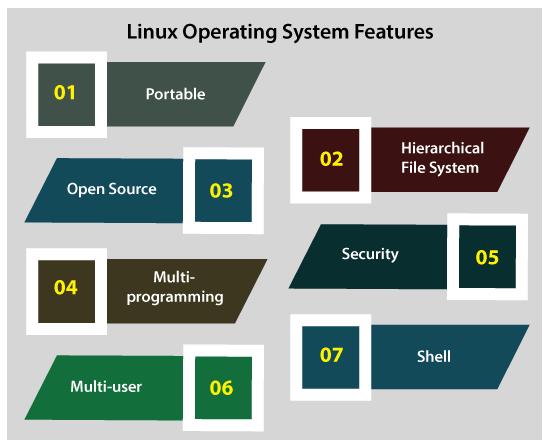
Architecture Of Linux Javatpoint

The Position Of I O Schedulers Within Various Layers Of The Linux Kernel S Storage Stack 76 Linux Kernel Linux Linux Operating System

Linux Operating System Types Working Differences Its Commands
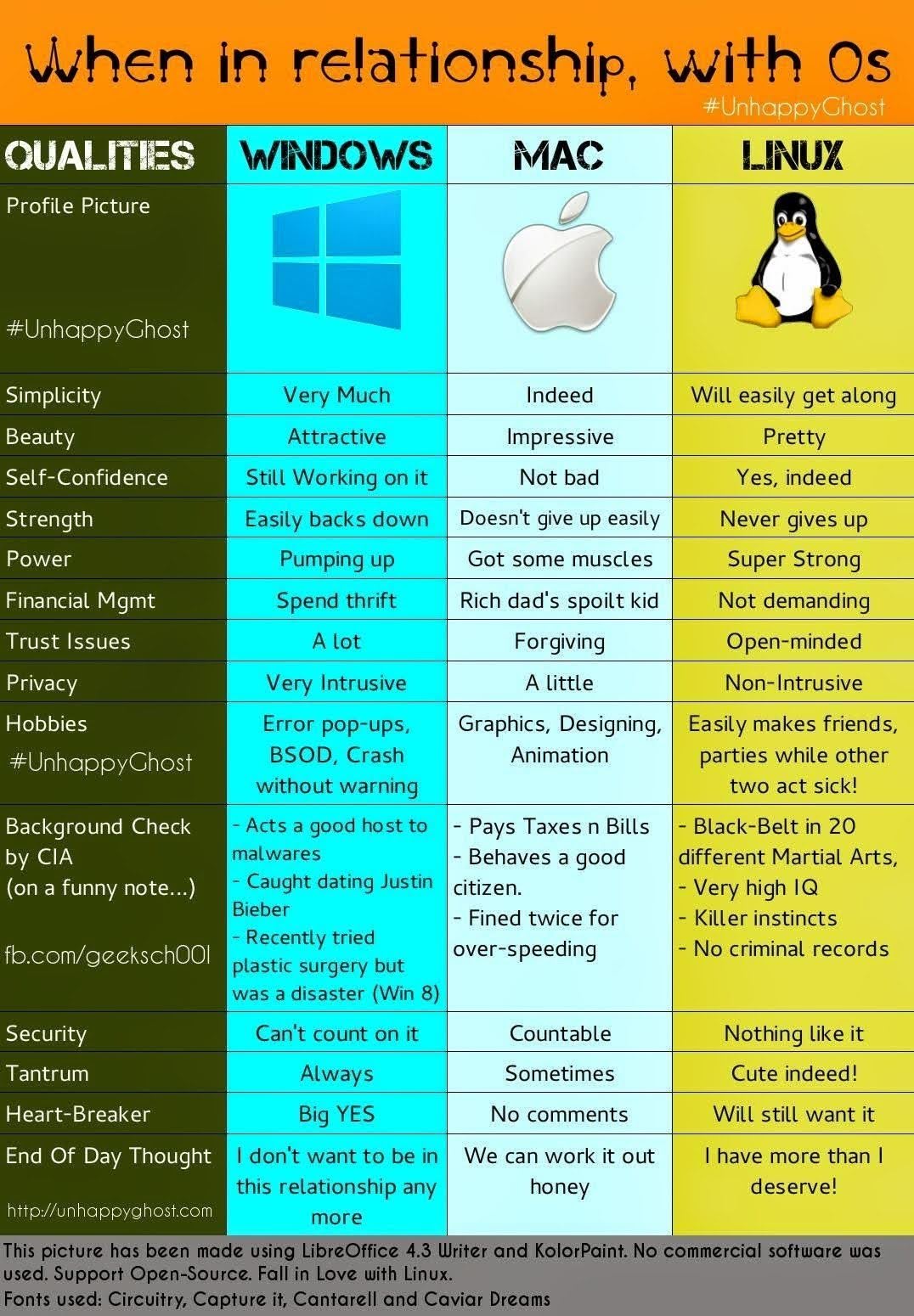

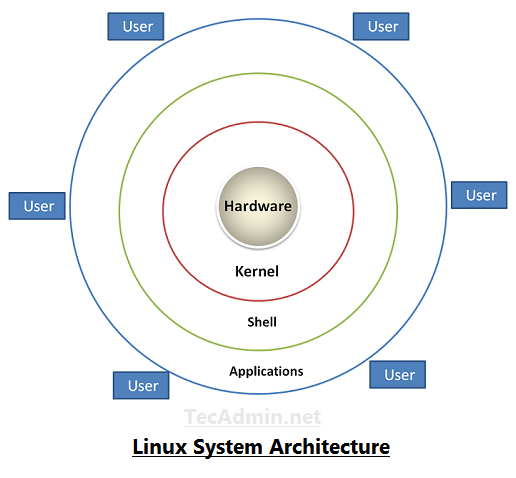
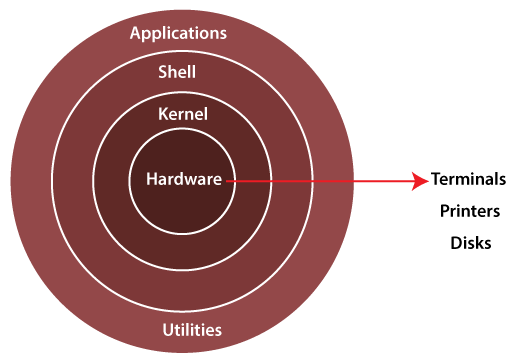

No comments for "Explain Different Layers of Linux Operating System"
Post a Comment